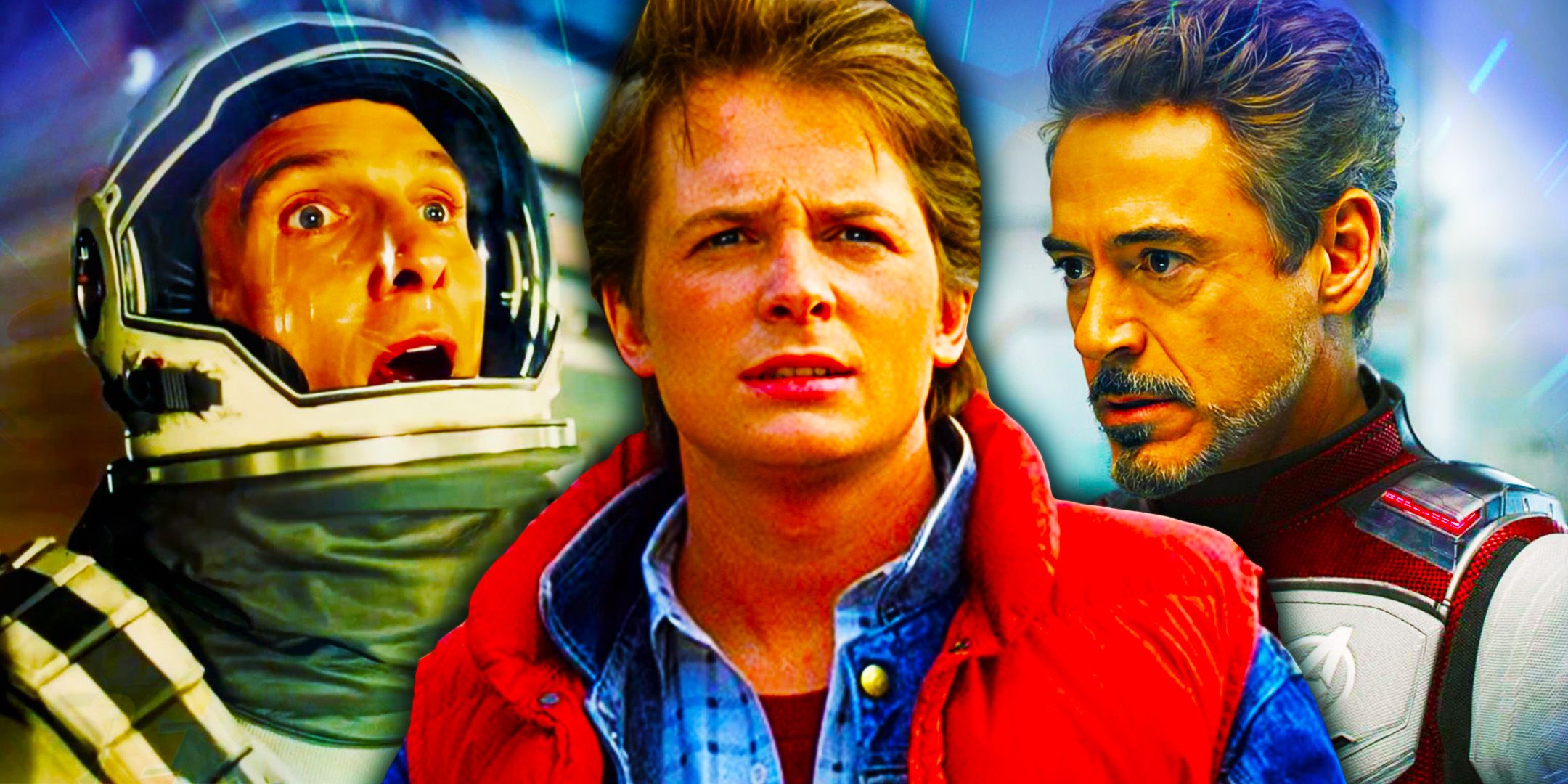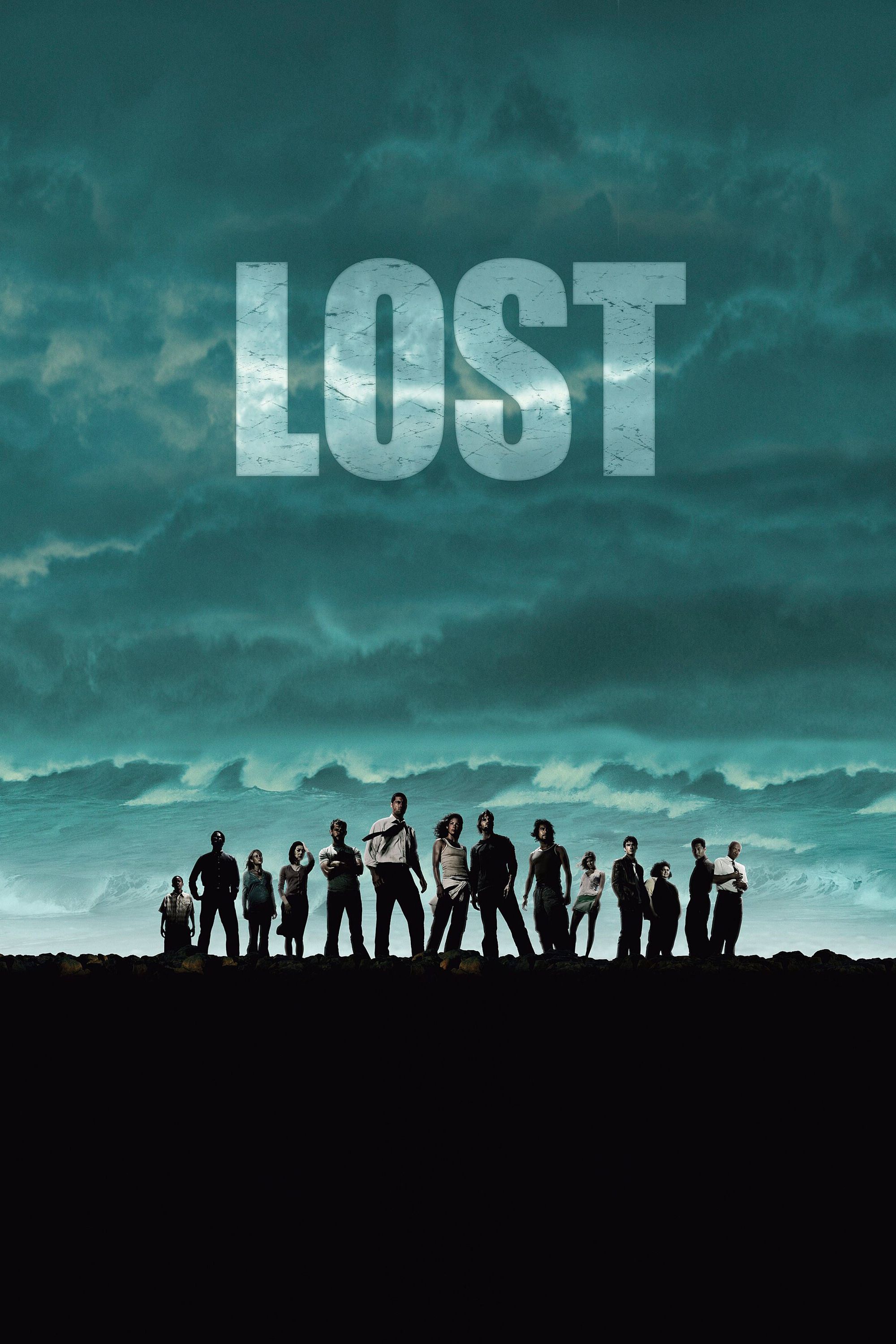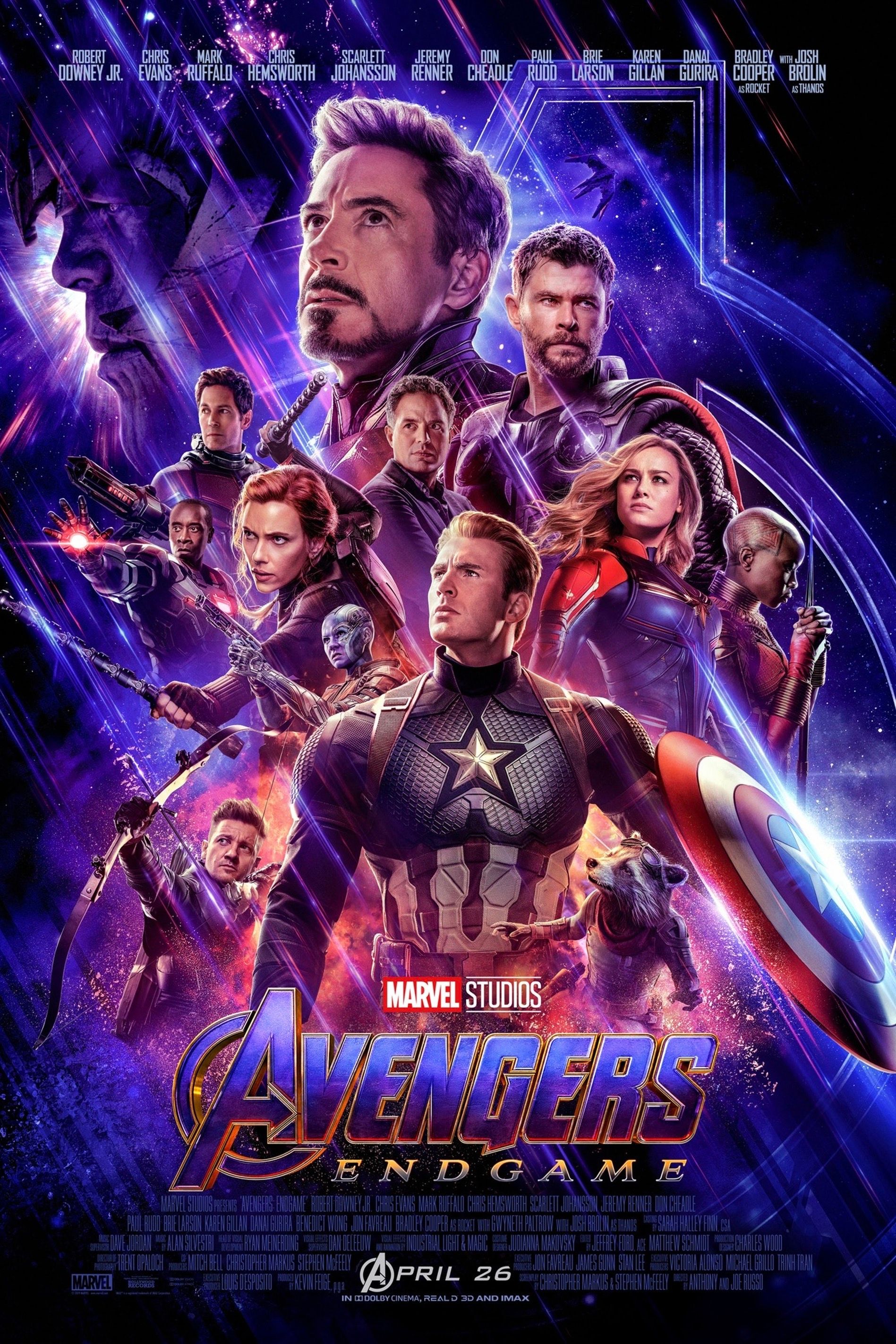Summary
- Time travel content often relies on established tropes and rules to drive the plot and avoid paradoxes.
- The use of time travel tropes signals to the audience what to expect next in the story.
- Characters traveling in time often face consequences like unintended changes to the future or dangerous paradoxes.
Time travel in film and television falls under the sci-fi genre, and many tropes and story elements can be found in every movie and TV show about time travel. Part of this stems from the fact that for time travel to work effectively within a story, there must be rules and restrictions for how the ability can be used, or too many paradoxes will arise. Sometimes, these paradoxes continuously appear across content that centers on time travel. Early examples of the genre have done much to influence what remains in films and TV series that deal with multiple timelines.
Additionally, the use of a trope simultaneously creates the ability to subvert it, which is something that many recent time travel movies and TV shows have been playing with.
The best time travel movies have much in common, and it’s easy to see why filmmakers are so drawn to the tropes, even if they’ve been done many times before. They’re classics for a reason and the use of a trope signals to the audience that they will understand the next part of the story and are in on the narrative shorthand writers employ. Additionally, the use of a trope simultaneously creates the ability to subvert it, which is something that many recent time travel movies and TV shows have been playing with.
Related
10 Common Errors That Time Travel Movies Surprisingly Still Make Today
Time travel movies are rife with contradictions, errors, and inconsistencies. These are some of the most common mistakes that movies still make.
7 The Future Is Worse After The Characters Change It
The Butterfly Effect (2004); The Umbrella Academy (2016–2024)
When the characters in a film purposely use time travel to change events in the future, they have a specific goal and a world-ending event to stop. Conversely, they might also go back for their own personal uses and designs, to prevent a family tragedy, or get a do-over after a particularly difficult situation. However, almost invariably, when the characters return to the future, excited to see the fruits of their labor, they’re met with the opposite of what they intended. The future is different but for the worse.
Additionally, there could be an even more devastating result; that nothing changes and the future is fixed no matter what the characters do. In The Butterfly Effect, a man with the ability to change his past continuously goes back to stop the pain of a loved one, but each time he returns to the present something goes wrong. Additionally, in the Netflix original, The Umbrella Academy, time travel is introduced as a potential solution to the characters’ problems. However, when they return to the present, the world has shifted so that they practically never existed.
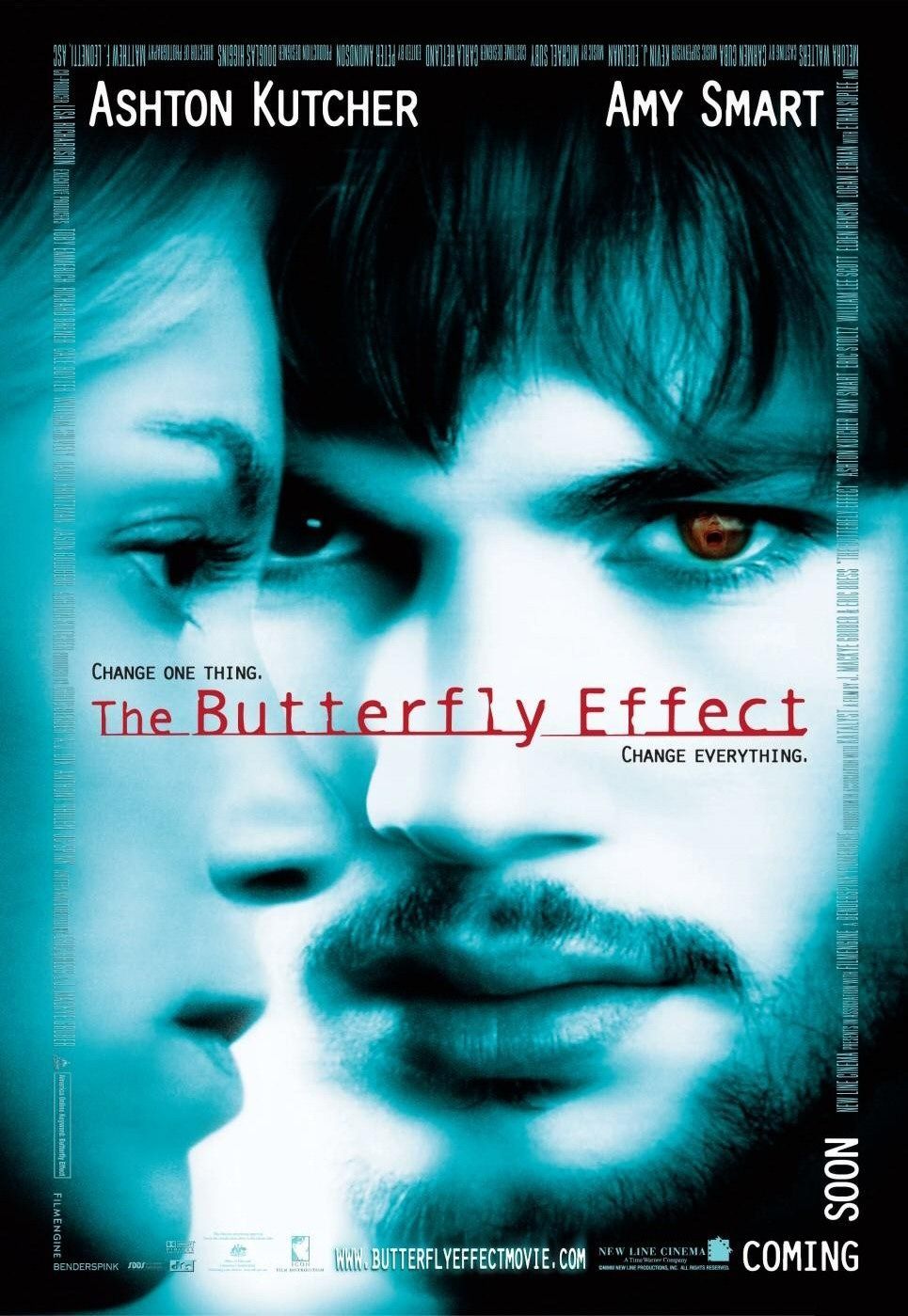
The Butterfly Effect
The Butterfly Effect is a time travel sci-fi movie centered around Evan (Ashton Kutcher), a young man who discovers he has the ability to change events from his past by embodying his younger self. The 2004 film explores the titular concept, which states that any small change in a system’s initial conditions results in extremely different results.
- Director
- J. Mackye Gruber , Eric Bress
- Cast
- Elden Henson , Ashton Kutcher , Melora Walters , William Lee Scott , Amy Smart
- Runtime
- 113 minutes
6 The Characters Meet Their Parents
Lost (2004–2010); Dark (2017–2020)
Though Back to the Future might be the most famous example of a child going back in time and navigating an unexpected relationship with their parents, many great movies and TV shows have followed in its footsteps. It’s a well-worn subject because if a character interferes with their parents, they run the risk of never being born, disrupting their entire future. This is a recurring worry that all time travelers face, as the act of meddling with the timeline inherently puts a person’s life and existence in peril.
However, a large group ends up in the past, causing a mother, Eloise, to accidentally kill her own son because she doesn’t know who he is.
The rules of time travel in Lost can be difficult to comprehend, but the consequences are always clear. Once time travel is introduced, the characters are flung across the time stream. However, a large group ends up in the past, causing a mother, Eloise, to accidentally kill her own son because she doesn’t know who he is. Additionally, in the psychological thriller series, Dark, a portal is discovered that allows people to interact with past and future versions of themselves and their loved ones, but the results are rarely favorable.
5 People Making Themselves Rich
Back To The Future Part II (1989); Primer (2004)
Unfortunately, it’s all too rare in film and television for people to act out of purely selfless motivations. More often, they have an angle or ulterior motive that’s the driving force behind their decisions. In time travel movies, the first thing that comes to mind when people gain this power is how to best use it to their advantage. The answer is almost always using their knowledge of the past to make as much money as possible. Whether this is through sports betting or stock market manipulation, it’s an easy way to cheat the system and get rich.
The sports betting plot is used in Back to the Future Part II when Biff gets his hands on a collection of sports results throughout the years and uses the DeLorean to give it to his younger self. Of course, the money ultimately leads to his ruin, as in Primer. Though Primer is one of the most intricate and scientifically accurate time travel movies, its biggest conflicts can be boiled down to a disagreement about how to use the machine and the money that’s made from it. The main characters want to make money but take different approaches.
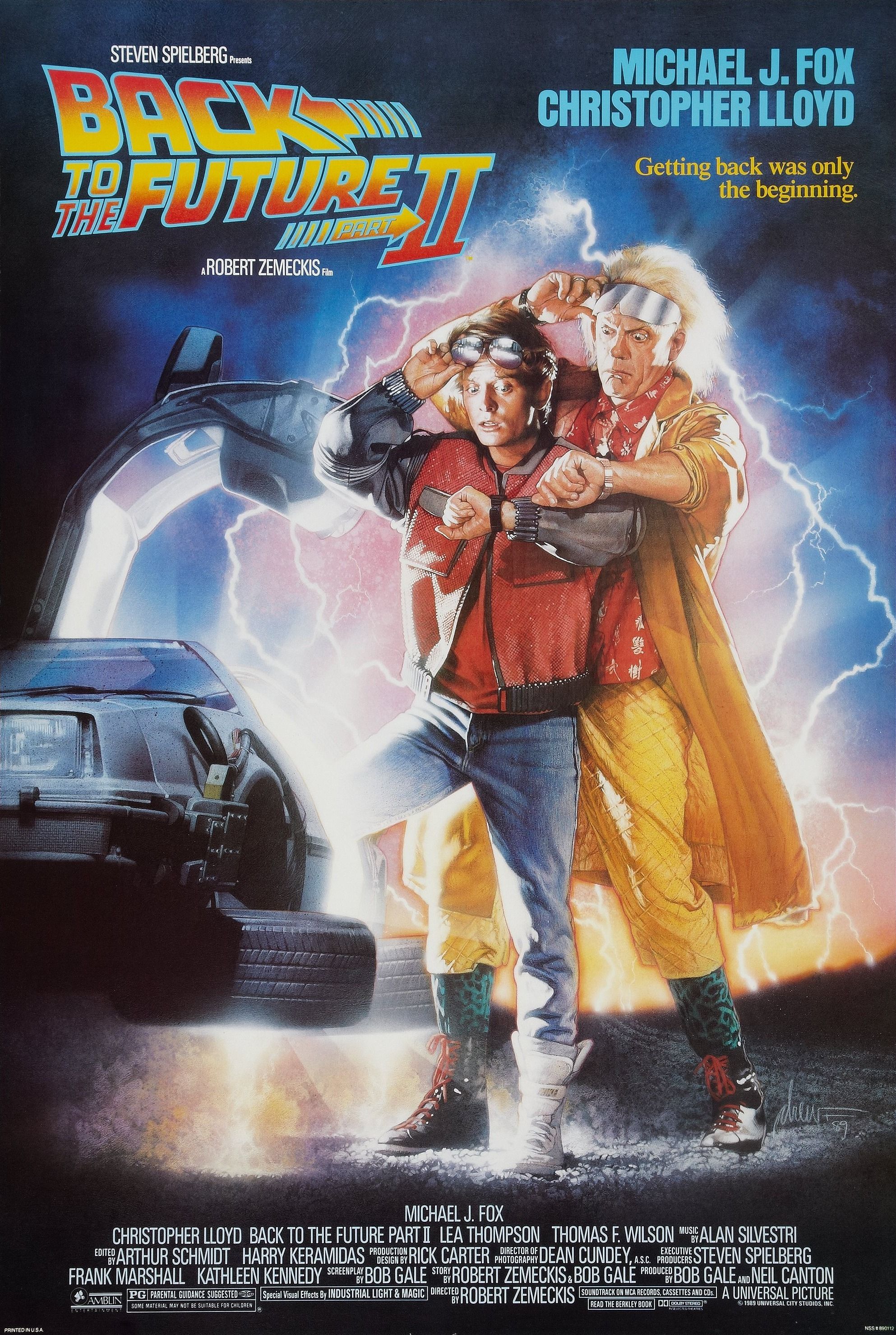
Back to the Future Part II
Taking up where the first movie left off, Back to the Future Part II sees Marty McFly and Doc Brown travel to the year 2015, where their efforts to fix the future end up causing even bigger problems as Biff Tannen wreaks havoc across the timeline with the help of a stolen sports almanac. Martin J. Fox and Christopher Lloyd return in Robert Zemeckis and Bob Gale’s second installment of their iconic trilogy.
- Director
- Robert Zemeckis
- Cast
- Lea Thompson , Elisabeth Shue , Christopher Lloyd , Michael J. Fox , Thomas F. Wilson
- Runtime
- 108 minutes
- Budget
- $40 Million
4 Characters Encounter Multiple Versions Of Themselves
Avengers: Endgame (2019); Looper (2012)
It’s aptly put in Harry Potter and the Prisoner of Azkaban that if a person sees another version of themselves who claims to be from the future, they would believe they were losing their grip on reality.
It’s aptly put in Harry Potter and the Prisoner of Azkaban that if a person sees another version of themselves who claims to be from the future, they would believe they were losing their grip on reality. While this is sometimes the case in time travel content, certain movies create universes with multiple explanations for these events. In the case of Avengers: Endgame, when the Avengers go back in time to collect the infinity stones, Captain America must fight a younger version of himself, and the younger man believes his dopplegänger must be the creation of an evil entity.
This circumvents the need to over-explain the paradox and allows the movie to have fun with the multiple Steve Rogers’. Conversely, in Looper, Joe is aware that another version of himself is out there, and it’s his younger self’s job to kill his older self who’s sent back in time. This expands upon the initial questions of the difference between a person at the beginning of their life and the end, and whether or not an individual is the same across multiple timelines. Though the audience knows old Joe and young Joe are the same man, they’re vastly different.
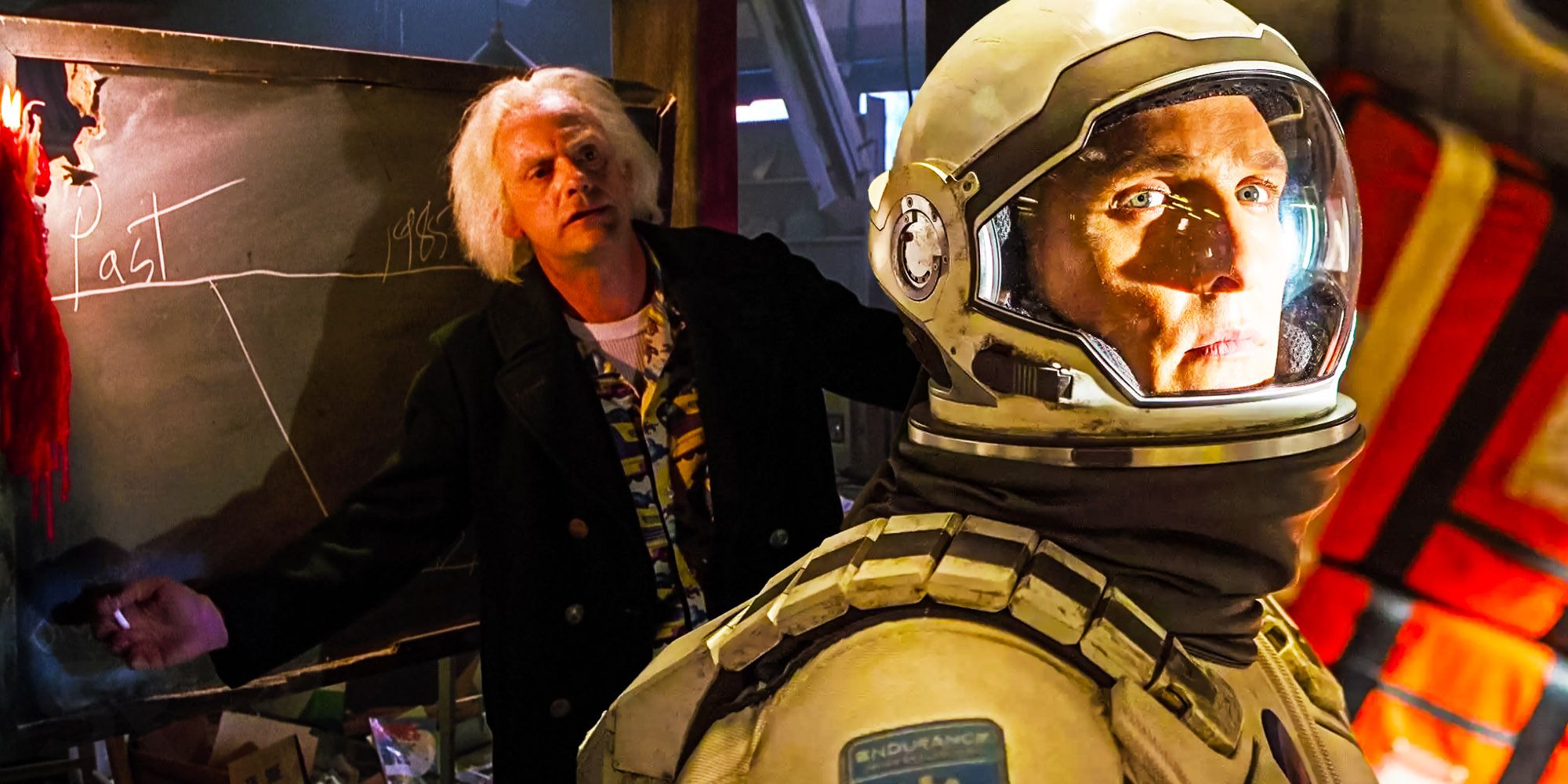
Related
8 Sci-Fi Movies That Break Their Own Time Travel Rules
Even the most beloved of sci-fi movies break their own time travel rules, prioritizing plot and impactful scenes over maintaining consistent lore.
3 The Characters Are Stuck In A Time Loop
Groundhog Day (1993); Edge of Tomorrow (2014)
Though the best time loop movies could be considered their own genre, they still fall under the umbrella of time travel. A character getting stuck in a time loop is a tactic employed to be the thrust of entire movies as well as standalone episodes of TV shows. Sometimes it’s used for comedic effect, in the case of Groundhog Day, a film that sees a curmudgeonly man begin to find the everyday joys in life after he’s forced to relive the same day. This inspired the recent comedy, Palm Springs, which was lauded as a great update of the genre.
However, in Tom Cruise’s adventure film, Edge of Tomorrow, the stakes are much greater and the fate of the world hangs in the balance of his character getting the loop right. The introduction of the time loop is an incredible twist, and the stakes are maintained by having Cruise and his co-star, Emily Blunt, gain new skills and insight into their battle as the day repeats itself. Though it’s quite brutal, as Cruise’s William relives his own death, it’s never boring no matter how many loops there are.
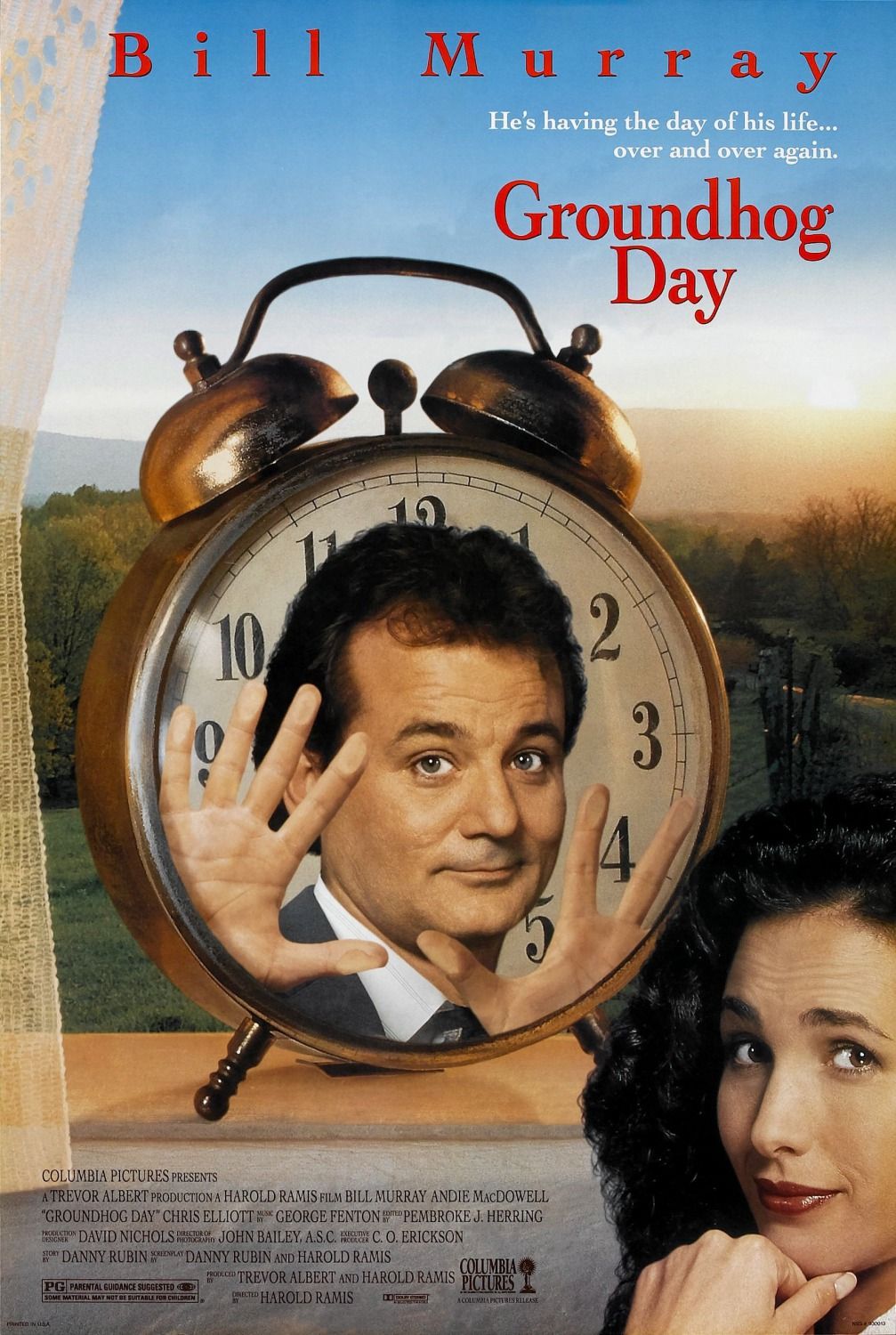
Groundhog Day
In Groundhog Day, the arrogant weatherman Phil Connors (Bill Murray) finds himself living the exact same day over and over for what feels like an eternity. To cope with his curse, he learns a variety of skills in the town of Punxsutawney, Pennsylvania, and tries to earn the heart of his colleague Rita Hanson (Andie MacDowell) while he adapts to the time loop.
- Cast
- Bill Murray , Andie MacDowell , Chris Elliott , Stephen Tobolowsky , Brian Doyle-Murray , Marita Geraghty
- Runtime
- 101 minutes
- Budget
- $14.6 million
2 The Events Couldn’t Have Happened If They Didn’t Travel In Time / Chicken And Egg Paradox
Interstellar (2014); The Terminator (1984)
It’s only later that Cooper realizes he has been controlling the events from the beginning.
In both Interstellar and The Terminator the film’s story and the fate of the future are predicated on time travel having already taken place. Cooper is given the coordinates and his daughter receives the equation because he decides to leave Earth, but he only makes this decision because of the messages from his future self. It’s only later that Cooper realizes he has been controlling the events from the beginning. Similarly, in The Terminator, the Terminator is sent back to prevent Sarah Connor from giving birth to her son, John.
However, the man who was sent back in time to protect Sarah, Kyle Reese, is John’s father. Sarah conceives John while the Terminator hunts her and Kyle. In both cases, all of the major beats of the film could not have happened without each other and without the timeline getting disrupted. This begs the question of what action needed to occur first for everything to play out as it does. For films like these, the audience must suspend their disbelief and accept that time travel inevitably creates these paradoxes.
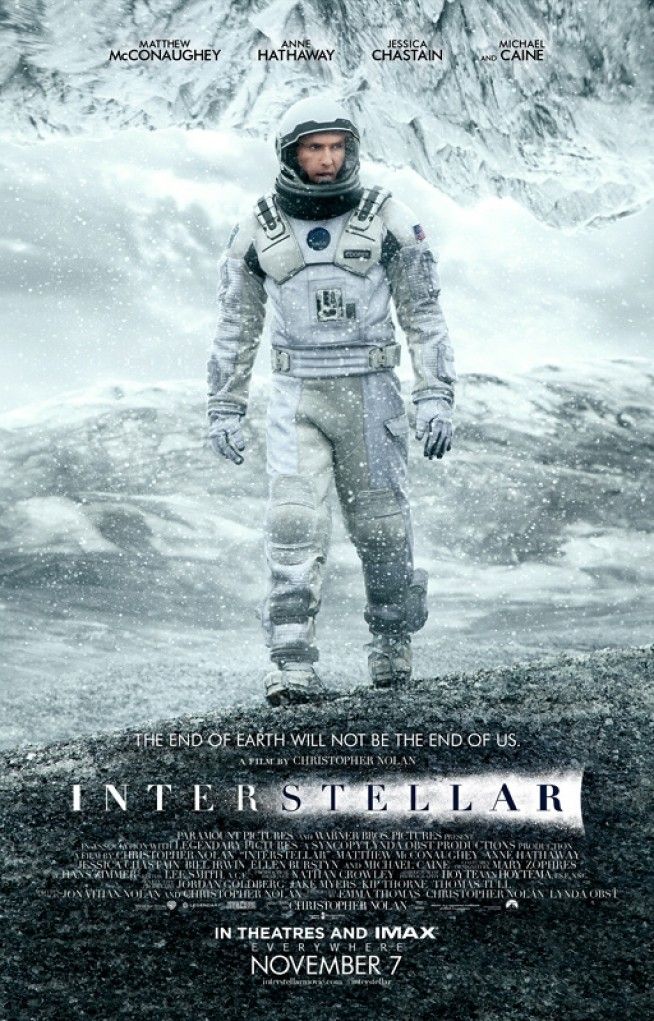
Interstellar
From Christopher Nolan, Interstellar imagines a future where the Earth is plagued by a life-threatening famine, and a small team of astronauts is sent out to find a new prospective home among the stars. Despite putting the mission first, Coop (Matthew McConaughey) races against time to return home to his family even as they work to save mankind back on Earth.
- Release Date
- November 7, 2014
- Runtime
- 2h 49m
- Budget
- 165 million
1 An Eccentric Scientist Creates The Machine
Back To The Future (1985); Rick and Morty (2013–Present)
While tropes and story structure are constantly revisited in time travel and sci-fi movies, the repetition of character archetypes is just as common. The “mad scientist” character is familiar to any audience member, but Doc Brown in Back to the Future created a new version that has been copied and paid homage to many times. Rick and Morty owes a lot to Back to the Future, as the satirical TV series was conceptualized because of the 1985 film. Having an older, eccentric scientist traverse time and space with a reluctant teenager is a great blueprint for any movie or show.
These two pieces of content are hardly the only instance of a reclusive scientist being the one to finally crack the code of time travel. In early books and texts that speculate about time travel, it’s a misunderstood but brilliant inventor who keeps going and pushes the boundaries of reality even when nobody believes in him. Luckily, in Back to the Future and Rick and Morty, the scientists have close friends who serve as strong companions on their adventures.
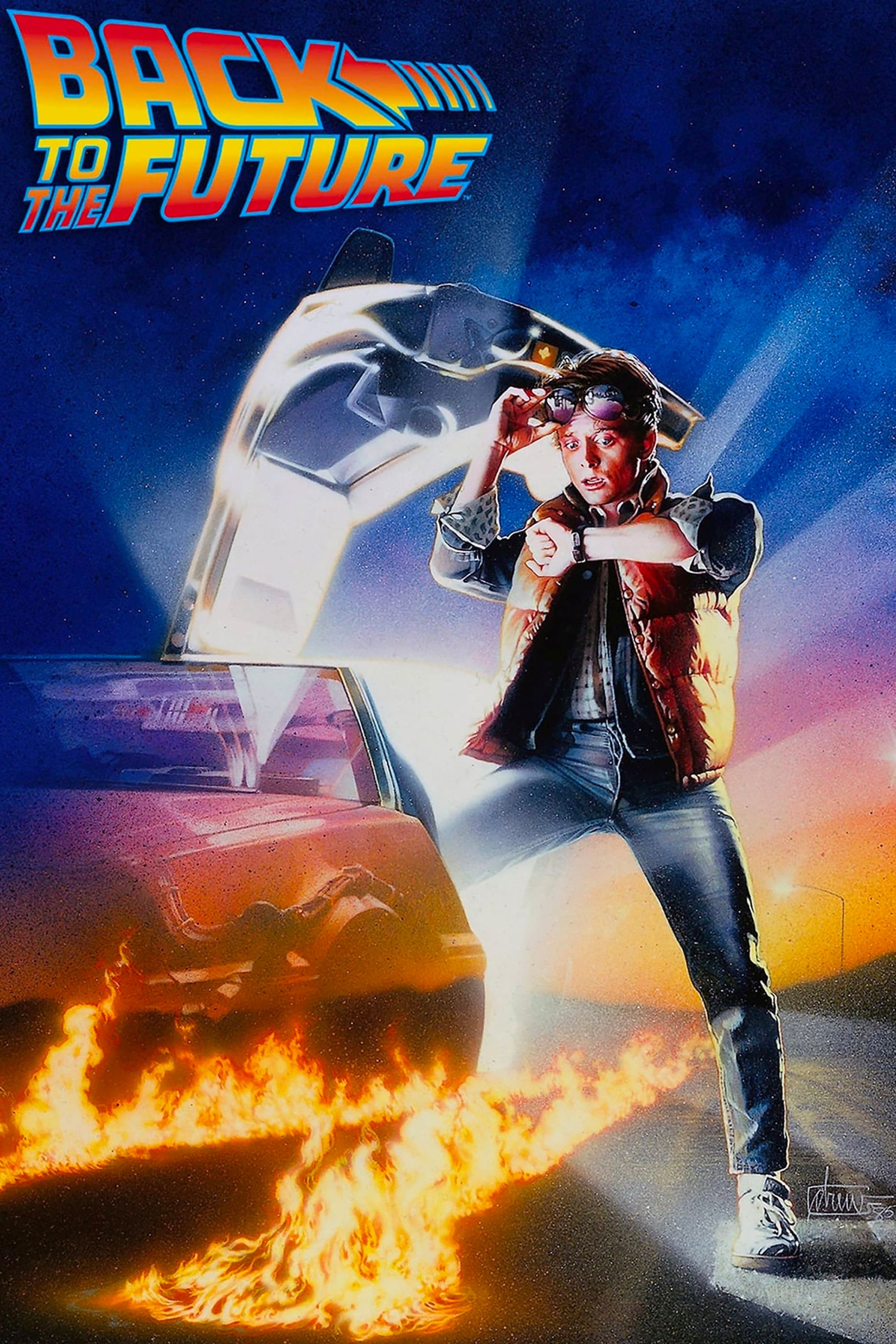
Back to the Future
Marty McFly, a 17-year-old high school student, is accidentally sent 30 years into the past in a time-traveling DeLorean invented by his close friend, the maverick scientist Doc Brown. In 1955, he meets his parents when they were his age, and must step in to make sure they wind up together before he gets back to 1985.
- Director
- Robert Zemeckis
- Release Date
- July 3, 1985
- Cast
- Claudia Wells , Christopher Lloyd , James Tolkan , Thomas F. Wilson , Michael J. Fox , Wendie Jo Sperber , Crispin Glover , Marc McClure , Lea Thompson
- Runtime
- 116 minutes
- Budget
- $19 million

